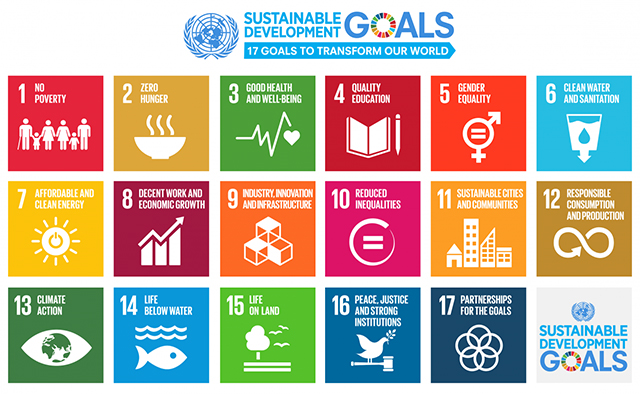Youth for Change
Location
Room A119
Document Type
Presentation
Type
Social Entrepreneurship (SocEnt)
Start Date
1-5-2019 9:30 AM
End Date
1-5-2019 9:50 AM
Abstract
In 2015, nearly 90,000 teens and young adults, ages 16 to 24, in Cook County and Chicago remained out of work and out of school. Half of minimum wage workers are under 25, and among hourly paid workers age 16 and older, about 4 percent of those without a high school diploma earned the federal minimum wage or less. This was compared with about 2 percent of those who had a high school diploma (with no college), about 2 percent of those with some college or an associate degree, and about 1 percent of college graduates.
Minimum wage workers tend to be young. Although workers under age 25 represented only about one-fifth of hourly paid workers, they made up about half of those paid the federal minimum wage or less. Among employed teenagers (ages 16 to 19) paid by the hour, about 8 percent earned the minimum wage or less, compared with about 1 percent of workers age 25 and older.
In order to combat the rising problem of impoverished youths in cities around us, we decided to create a program to help teens get well-paying jobs. We want to help teens look for jobs with things they are good at, and that suit their needs, and jobs that aren’t only minimum wage. By tracking the youth over the course of their job for around 6 months, we will see how the teens are faring, and how much they are able to get out of the job they have. We plan to create a concierge service to focus on a few different users, and if proven successful, we will branch out. By bringing in advisors and other helpers, we hope to reduce the problem that the impoverished youth of today are facing.
Youth for Change
Room A119
In 2015, nearly 90,000 teens and young adults, ages 16 to 24, in Cook County and Chicago remained out of work and out of school. Half of minimum wage workers are under 25, and among hourly paid workers age 16 and older, about 4 percent of those without a high school diploma earned the federal minimum wage or less. This was compared with about 2 percent of those who had a high school diploma (with no college), about 2 percent of those with some college or an associate degree, and about 1 percent of college graduates.
Minimum wage workers tend to be young. Although workers under age 25 represented only about one-fifth of hourly paid workers, they made up about half of those paid the federal minimum wage or less. Among employed teenagers (ages 16 to 19) paid by the hour, about 8 percent earned the minimum wage or less, compared with about 1 percent of workers age 25 and older.
In order to combat the rising problem of impoverished youths in cities around us, we decided to create a program to help teens get well-paying jobs. We want to help teens look for jobs with things they are good at, and that suit their needs, and jobs that aren’t only minimum wage. By tracking the youth over the course of their job for around 6 months, we will see how the teens are faring, and how much they are able to get out of the job they have. We plan to create a concierge service to focus on a few different users, and if proven successful, we will branch out. By bringing in advisors and other helpers, we hope to reduce the problem that the impoverished youth of today are facing.


